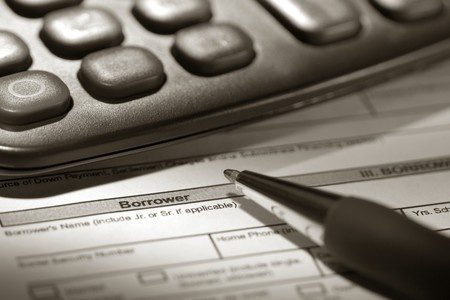According to a report, two-thirds of renters in the United States say they cannot afford to buy a home. Saving for the down payment is not going to be easier. The reason is due to home prices nationwide are rising at twice the rate of wage growth, and many cities in the US are facing an affordable housing crisis. While there’s many causes of the current economic conditions, one of the major reasons has been the rise of Non-QM lending.
The Qualified Mortgage vs. Non-QM loans
In recent years, the new regulations like Ability-to-Repay and Qualified Mortgage rules exiled subprime lending. Today, the Non-QM loans are on the rise as investors and lenders become more comfortable with loans that do not come under the government’s stringent credit boxes. Over the past couple years, many funding and lending companies have increased their offerings, including Non-QM lending.
In April 2019, some enterprises came forward and launched a no-asset, no-income mortgage pilot program. According to this loan program, the borrowers will not need to prove their assets or income to qualify for a mortgage. The analysis of the rise of Non-QM lending conducted by Dominion Bond Rating Service (DBRS) sheds light on why things are different from the pre-crisis sub-prime lending era.
The report reveals that the credit quality of Non-QM loans have improved from pre-crisis standards. They are based on three factors:
- Robust loan attributes
- The Independent appraisal process and tighter underwriting
- Ability-To-Repay (ATR) rules
The report from DBRS explains that today’s Non-QM securitizations are underwritten with more stringent guidelines than previous sub-prime lending. Also, it’s worth mentioning that most conditions of current Non-QM loans are underwritten accordingly to ATR rules.
The accordance of Non-QM loans with ATR rules, combined with adherence to debt-to-income ratio thresholds and income verification, improve borrower affordability and protect both the lender and borrower. This significantly represents a great improvement from the pre-crisis era. The income verification to qualify for Non-QM loans includes a borrower to provide 2-years of W-2 forms and recent pay stubs, or 12-24 months personal bank statements.
Other factors that contribute to robust underwriting standards include FICO floors. The weighted-average credit score in current Non-QM lending rarely falls below 690 FICO, whereas the pre-crisis days credit scores of 620 FICO and below were more common.
In essence, there is a lot of detail a potential borrower should know before requesting a Non-QM loan. If you are one of those borrowers and feel you need to apply for a Non-QM loan, you can contact or call Dave at 303-520-0004. He can assist you by providing different lending options, which will certainly help you make the right financial decision.






